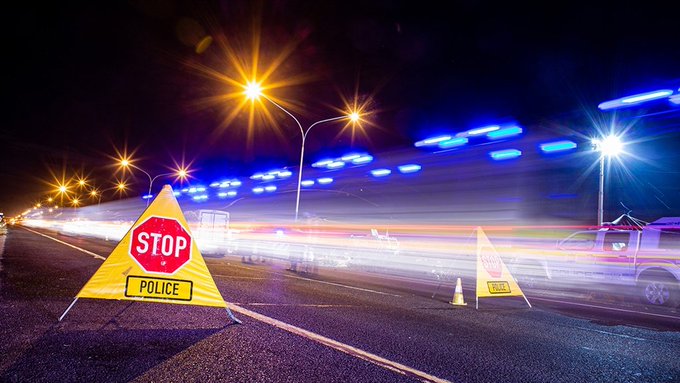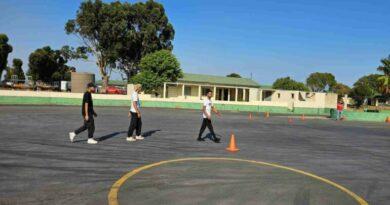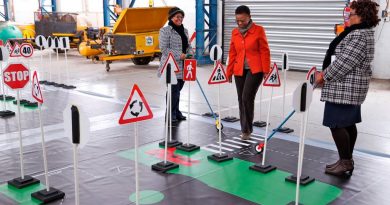Safety tips: Driving at night
Night driving is more challenging than driving during the day. In fact, according to the National Safety Council in the US, road fatalities are three times higher at night. Because of this, it’s best to avoid driving at that time.
Unfortunately, some of us have to drive at night sometimes. So, here are some reasons why this can be dangerous as well as some safety tips to make your journey as safe as possible.1
Why is it so dangerous to drive at night?
- Compromised vision
At night, your depth perception and peripheral vision are much less, and it’s more difficult to judge distance and speed1. All you can rely on at night is seeing as far as two light beams piercing the darkness. Compare this to day driving, when you have at least 180 degrees of vision while travelling.
This further impairs your ability to stop safely.
If you travel at 100 km/hr, your braking distance on a dry road will be about 100 m2. This implies you will have to spot an object on the road, such as a cow, a least 100 m ahead to avoid smashing into it. Using high-beam lights limits your vision to about 110 to 160 m3. With dimmed headlights, your vision ranges from 50 – 75 m ahead3, so you should slow down to about 60 km/hr to be safe.
- Partygoing drivers
At night, a new world opens for many motorists. They’ve left work and may be out for some fun, while others are too tired and are heading home. Unfortunately, these drivers may be ill-equipped to handle night driving and thus pose a danger to themselves and others1.
- Pedestrians and cyclists on the road
At night, motorists can’t spot them unless their headlights pick them up, by which time it may be too late1.
Even though some aspects of night driving are beyond your control, there are some issues you can prevent by following simple safety tips.
Safety tips when driving at night
- Visit the optometrist
Your vision is crucial, so visit the optometrist or even the eye specialist regularly, especially if you are getting older. If you can’t see correctly at night, you should not be driving. Many drivers have nyctalopia or night blindness, which limits their vision at night1.
- Rest up before driving
It is dangerous to go on holiday and leave in the early morning hours, having slept only 4 hours. Most people require about 7 hours of sleep, and depriving your body of sleep could increase the risk of falling asleep at the wheel, with disastrous consequences1. Preferably, plan well and have someone share your driving. Also, avoid taking any medication that makes you tired.

You’ve seen how night-time driving is so much riskier. Are you sure you are sufficiently covered if you have an accident at that time? If not, why not contact PMD to learn more about their affordable, comprehensive car insurance, including 24-hour road assistance and towing service, which is particularly helpful at night. Also, enjoy unique benefits like fixed premiums* and an excess that reduces to zero* and world-class service when getting comprehensive car insurance with PMD.
* T’s and C’s apply.
Sources:
1https://www.arrivealive.co.za/Driving-at-Night
2https://www.drivingtests.co.nz/resources/how-far-should-you-be-able-to-see-ahead-while-driving/
This article was prepared by Eric Sandmann in his personal capacity. The views and opinions expressed in this article are the author’s own. The views and opinions in the article should not be attributed to anyone but the author unless expressly stated. Nothing in this article should be relied upon as advice, this publication is presented for informational purposes only. No person should act or refrain from acting in reliance on any information found in this article, without first obtaining proper financial advice from the appropriate professional. The author makes no claims, promises or guarantees about the accuracy, or completeness, of any information linked from, referred to, or contained in this article. The author reserves the right, to edit and change the content of this article.




